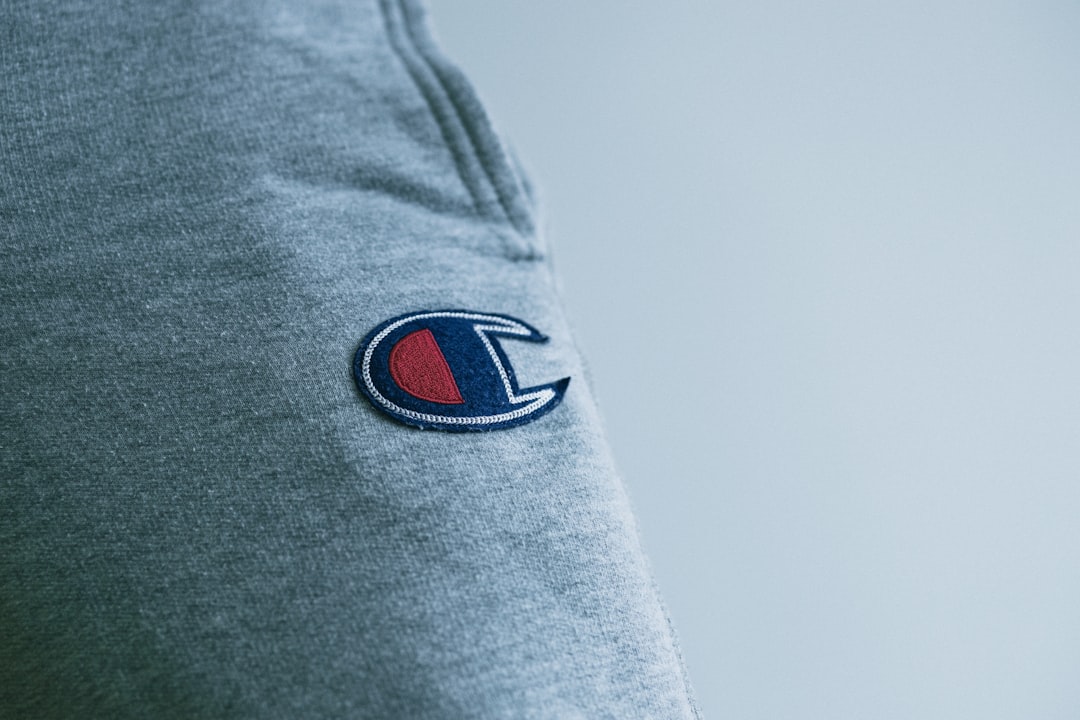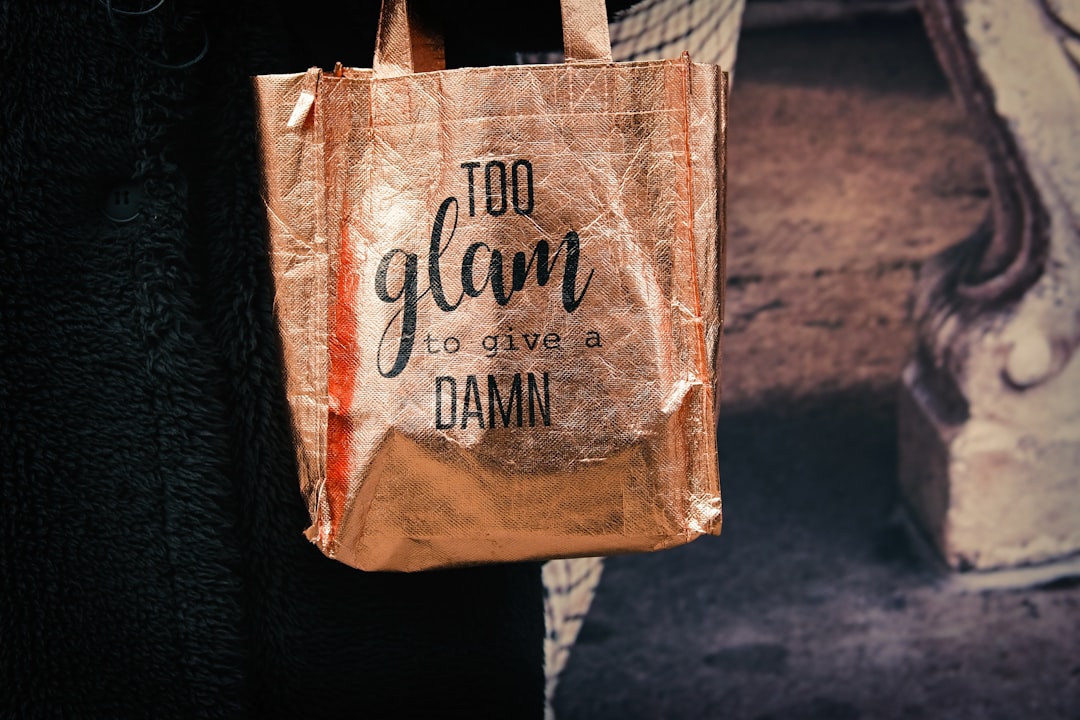As the print-on-demand (POD) industry continues to thrive, entrepreneurs and designers alike are diving into personalized fashion and accessories. Whether it’s launching a t-shirt line, a sustainable tote bag collection, or a cozy hoodie brand, having the right logo is essential to building a recognizable identity. Logos are the face of a product, and in the visually competitive world of e-commerce, they can be the deciding factor between a lead and a sale.
TLDR:
A well-designed logo is crucial for any print-on-demand brand selling t-shirts, totes, or hoodies. It should reflect the brand’s personality, resonate with the target audience, and look great across different types of apparel and digital media. Simplicity, scalability, and legibility are key aspects of effective logo design. Investing in a strong logo can enhance brand recognition and increase customer loyalty.
The Role of Logos in POD Fashion
In the crowded world of print-on-demand apparel, a logo does more than identify—it communicates value, emotion, and differentiation. Since POD businesses often rely heavily on visual platforms like Instagram, Etsy, and Shopify, the logo becomes central to a customer’s first impression.
Whether emblazoned boldly across a chest or subtly stitched onto a sleeve, a logo carries brand power. It represents a story, a lifestyle, and a promise. For products like t-shirts, hoodies, and totes, the design of the logo often determines how well the item resonates with its intended audience.
Key Characteristics of Effective Logos for Apparel
Not all logos are created equal, especially when printing on fabric. Here are some essential design characteristics to consider:
- Simplicity: Simple logos are easier to recognize, scalable for different uses, and look better when printed on fabric.
- Scalability: The logo should be clear and attractive whether it’s on a small tote tag or a large hoodie front.
- Color Flexibility: Good logos work both in color and in monochrome, making them versatile across items of varying shades.
- Unique Typography: Custom or well-matched fonts contribute to a stronger visual brand identity.
- Versatility: The design should adapt across multiple formats—embroidery, vinyl, screen printing, or digital transfer.

Designing for T-Shirts: Making a Statement
T-shirts are a flagship product of any print-on-demand e-commerce store, primarily because of their popularity and affordability. With that popularity comes saturation, making it essential to stand out. Logos on t-shirts should be bold and visible—but not overwhelming.
Popular placements include center chest, left pocket area, or even across the back shoulders. Because t-shirts are worn in varied settings—casual outings, events, or fashion statements—the logo has to speak subtly yet firmly.
Pro tip: Choose lightweight fonts and clean icons so they don’t weigh down the overall t-shirt design. Logos should feel part of the shirt, not something slapped on.
Creating Iconic Tote Bag Branding
Tote bags have become the go-to accessory for sustainability-conscious buyers, making them excellent branding tools. Unlike t-shirts and hoodies, totes offer a wide, flat canvas, allowing for logos to take center stage or accompany a secondary design element.
Minimalist logos with vertical or horizontal orientation often look best on bags. Whether the brand is focused on eco-fashion or artistic expression, tote bags can serve as portable billboards that carry brand identity through everyday use.
- Consider contrasting ink colors to make logos pop against canvas or woven fabric.
- Test multiple layout sizes before finalizing for consistent print clarity.
- Include brand names or slogans for added brand recall.

Hoodie Logos: Mixing Comfort with Style
Hoodies serve dual purposes—they offer warmth and make a fashion statement. Logos on hoodies must therefore complement the relaxed nature of the garment while staying true to brand aesthetics.
Small, embroidered logos over the chest or sleeve often work best. Alternatively, for statement pieces, large back logos offer strong brand messaging without compromising sophistication.
When designing for hoodies, take note of texture. Cotton blends or fleece may absorb detail, so use thicker strokes and stay away from overly intricate vectors.
Digital and Print Ready: File Formats Matter
To ensure that designs remain consistent from digital proofing to the actual item, logos must be created using appropriate file formats. Here are the essentials:
- Vector files (AI, SVG, EPS): For unlimited resizing without quality loss.
- PNG files: Supports transparency; ideal for mockups and online use.
- High-Resolution JPG: Good for showcasing designs in lookbooks or product pages.
Make sure the final logo file is layered and editable. This allows quick adaptation to different sizes and orientations for various garments.
Building a Cohesive Brand Experience
Consistency is key when applying logos across t-shirts, hoodies, and totes. Color palette, font choice, and design motifs should all align with the brand’s messaging. This not only reinforces brand identity but also encourages repeat purchases.
Many successful POD brands expand through complementary product lines using the same or slightly varied logo versions. For instance, a circular badge logo might appear on t-shirts and a minimal wordmark on tote bags—offering variety while maintaining a shared brand DNA.
Considerations for Niche Audiences
Creating logos that speak directly to a brand’s target audience can dramatically increase conversion rates.
- Targeting urban youth? Use graffiti-inspired text or abstract minimalism.
- Eco-conscious shoppers? Incorporate leaf motifs, earthy colors, and sans-serif fonts.
- Pet lovers or hobbyists? Illustrative logos that add a touch of warmth and humor are ideal.
Research into popular trends and cultural shifts is invaluable when shaping a logo that connects and converts.
FAQ
What is the best logo style for t-shirts?
Simple, bold logos that are easily readable from a distance tend to work best for t-shirts. Clean typography and minimal shapes ensure the logo doesn’t get lost when printed on fabric.
Do I need different logos for each product type?
Not necessarily. A strong logo should be adaptable. Brands can use variations of their main logo (like a simplified icon version) for smaller items like tote bags or hoodie sleeves.
Should I use color in my logo?
Color can be effective, but keep versatility in mind. Test your logo in black, white, and grayscale to ensure it remains effective across all applications and fabric colors.
Can I use free logo generators for my POD store?
While logo generators can give you a quick start, they often lack uniqueness. For a truly memorable brand, custom design or hiring a designer is recommended.
What dimensions should my final logo file be for printing?
It depends on placement and item, but as a rule of thumb, a 300 DPI resolution with dimensions of around 12″x12″ (3600×3600 pixels) works well for most t-shirt or hoodie prints.
Is it worth trademarking a logo for a small POD business?
If you’re planning long-term growth or suspect your logo has strong commercial potential, it’s worth consulting a trademark attorney. It helps protect your brand and prevents others from copying your design.
In the competitive world of print-on-demand, a solid logo isn’t just a symbol—it’s your silent salesman. Investing time and strategy into designing a logo that balances aesthetics with functionality can be the difference between short-term sales and long-term brand loyalty.
